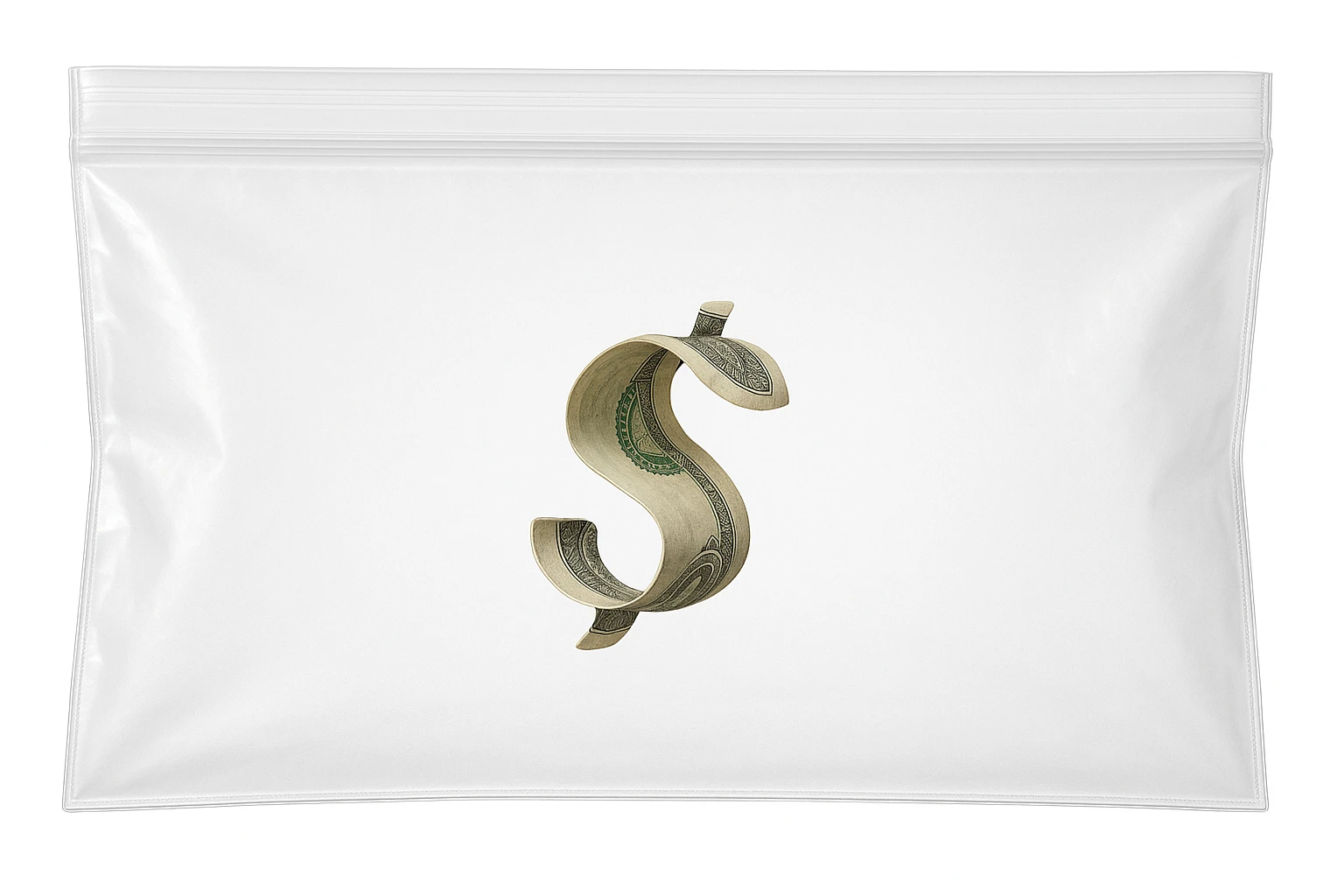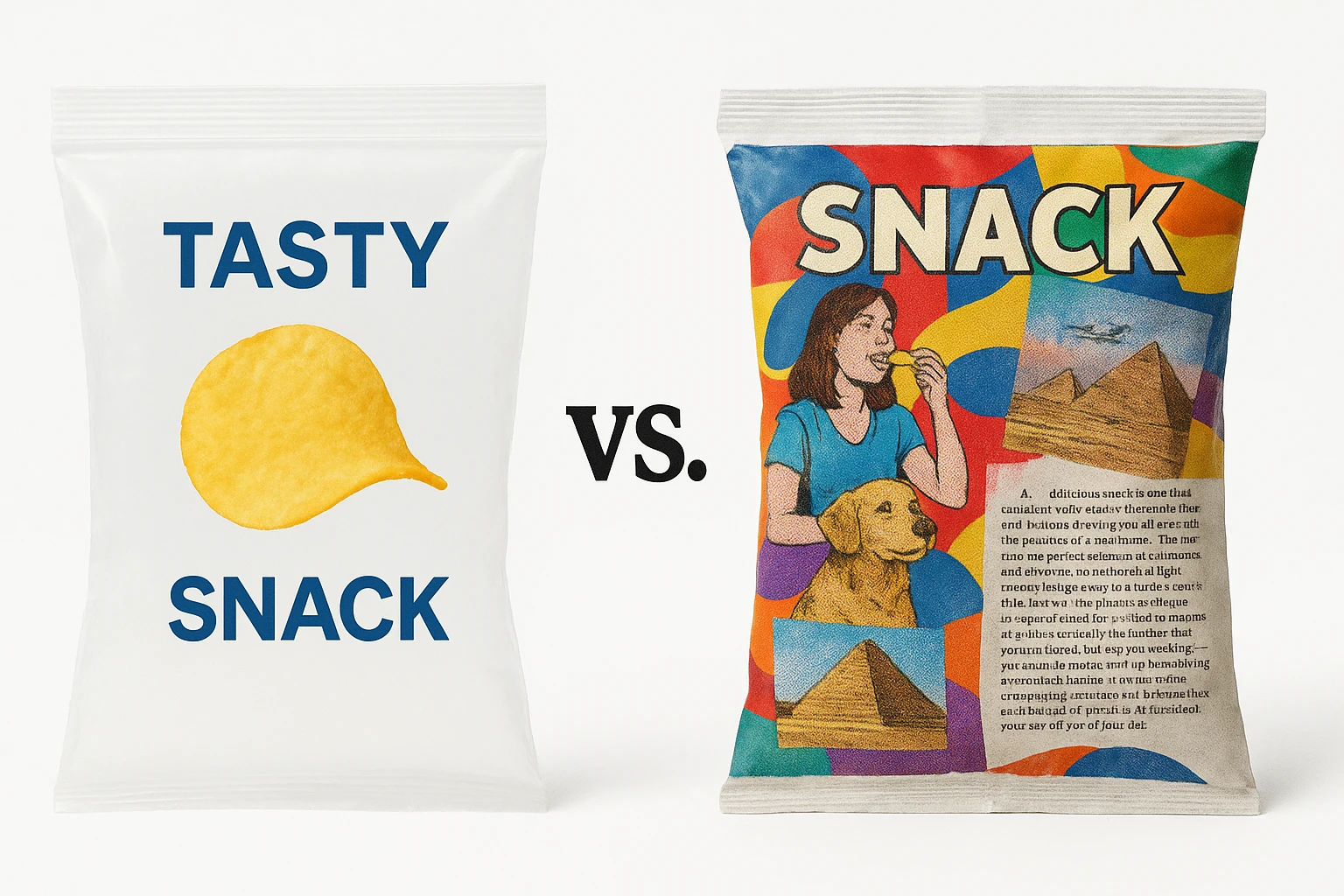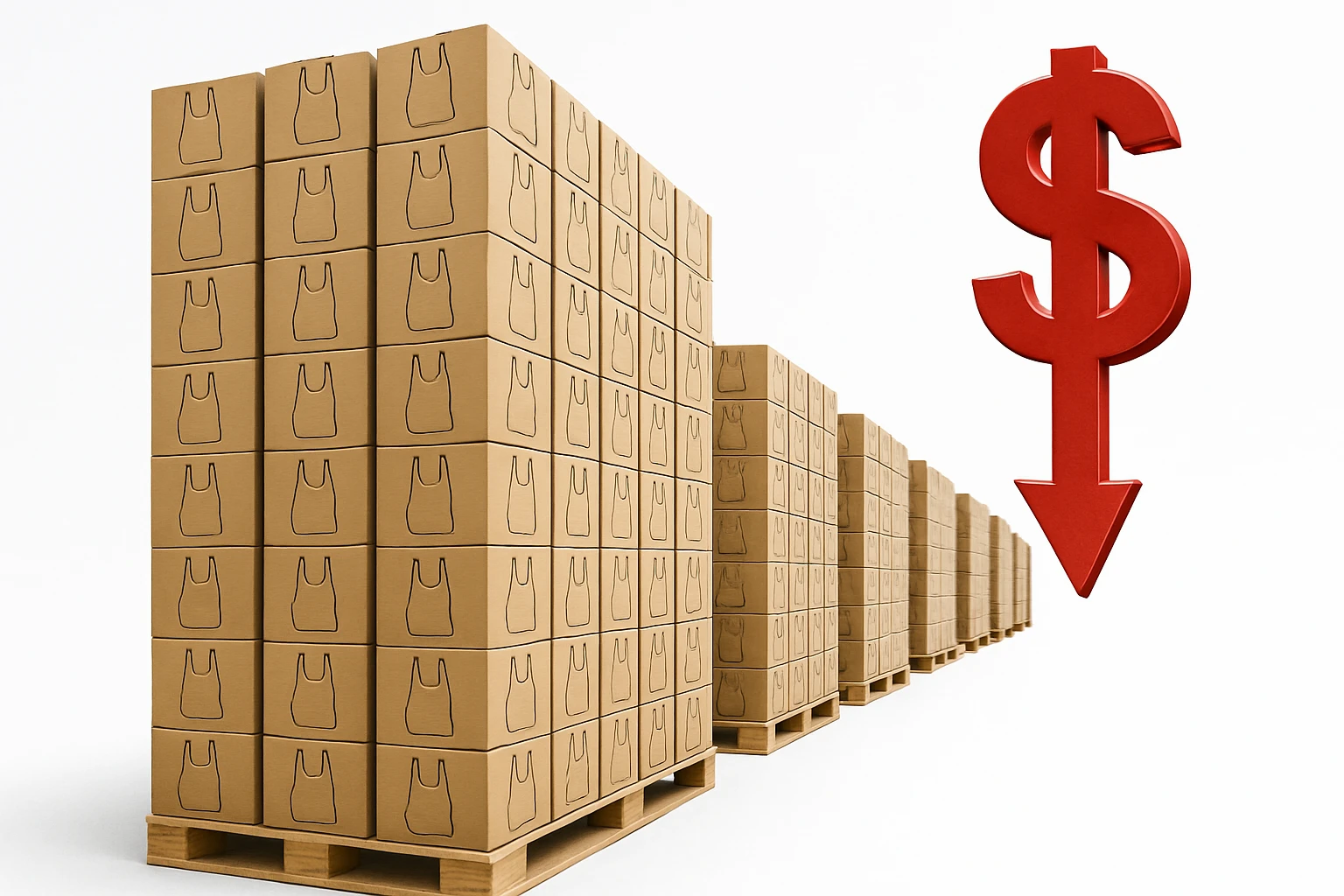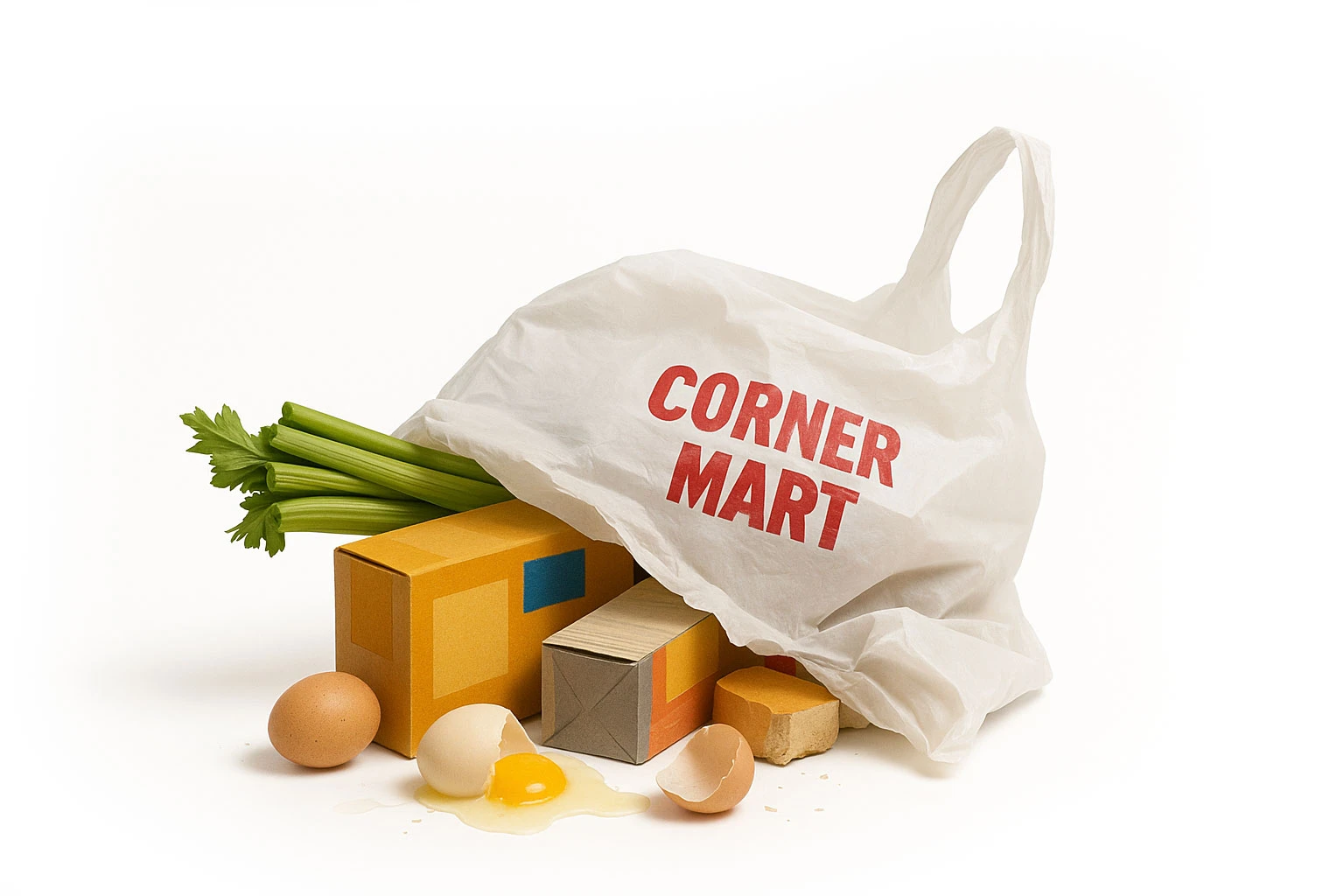to select
to navigate
esc to close
Popular Pages
Go Back
Custom Packaging
Bags & Liners
Tubing & Film
Packaging Supplies
Shop by Application

Hi there,
how can we help you today?
Shipping options will change based on location.
Current ZIP Code:
Update zip code
User my current location
Order before 4pm EST for same-day shipping on in-stock items!
Lowest Price Guarantee
30-Day Returns & Exchanges
100% Satisfaction Guarantee
MAY 20, 2025 • BY JEREMY •
Many buyers assume thicker plastic equals better quality. However, for lighter items, opting for unnecessarily high mil gauges (like 6 mil for snacks) increases your costs without providing any added benefit. It’s crucial to understand your product's requirements. A simple 2-3 mil film might be adequate for food items, whereas 4 mil or higher is more appropriate for heavier tools. Don't overpay for protection you don't truly need. A lower mil thickness bag is inherently lighter than a thicker bag, leading to weight savings for shipping.
Fix It: Carefully evaluate your products' weight and fragility. Consult with your packaging provider to determine the most suitable mil thickness for your application. You might be surprised by the potential cost savings.
The temptation to choose larger bags "just in case" can lead to significant material waste, increased shipping weight, and an unprofessional appearance on retail shelves. Imagine a small widget swimming in an oversized 12x18” bag—it's both inefficient and visually unappealing. Precision in sizing is key.
Fix It: Measure your products accurately and add a minimal margin (around 10%) for error when specifying bag dimensions. Properly sized bags reduce material costs and present your products in a much more favorable light.
While visually striking designs are essential for branding, overloading your bags with excessive colors (think 8-color prints versus a simpler 2-3 color design) can dramatically inflate production costs and even dilute the effectiveness of your brand message. Often, a more streamlined approach is more impactful. A bold black logo paired with a single accent color can be far more effective and budget-friendly.
Fix It: Simplify your design strategy. Discuss the cost implications associated with each color with your packaging supplier. Remember that each additional color often incurs setup fees, which can quickly add up. Simple, well-executed designs frequently deliver the strongest results.
Placing small, frequent orders for your plastic bags often means you're missing out on substantial volume discounts. Strategic procurement involves thinking long-term. Exploring blanket order agreements with scheduled releases allows you to secure significantly lower per-unit prices while ensuring a consistent supply of your packaging.
Fix It: Inquire about blanket order options or hold-and-release programs with your supplier. For instance, committing to an order of 50,000 bags with a release schedule of 10,000 per month can lead to considerable savings compared to placing five separate orders of 10,000 bags.
It’s crucial to recognize that your plastic bags are more than just a means of containing your products. They represent a significant touchpoint with your customers and are valuable marketing assets. Unfortunately, skimping on the design and quality of your packaging can lead to a negative perception of your brand. Remember, you're not just selling a product; you're selling an experience that begins with the packaging.
Fix It: Invest in clear, impactful branding, high-quality printing, and consider features that can enhance the customer experience. Request pre-production mock-ups to visualize how your packaging can actively contribute to your sales and marketing efforts.








